Think of the textile finishing process as giving clothes a unique makeover. It uses different methods—like washing or adding stuff—to improve fabrics. This makes clothes stronger, colorful, and able to repel water. It’s important ’cause it turns basic materials into cool, useful garments we wear every day.
Table of Contents
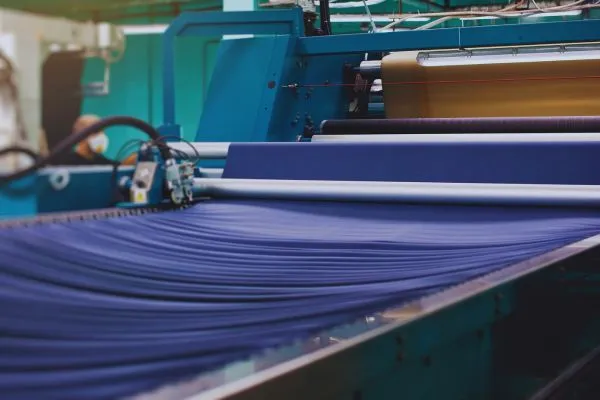
What is Textile Finishing?
Textile Finishing can be defined as a process that is used in the manufacturing of any fiber, fabric, or textile. Its primary aim is to imbue specific functional attributes into these materials through various physical and chemical treatments.
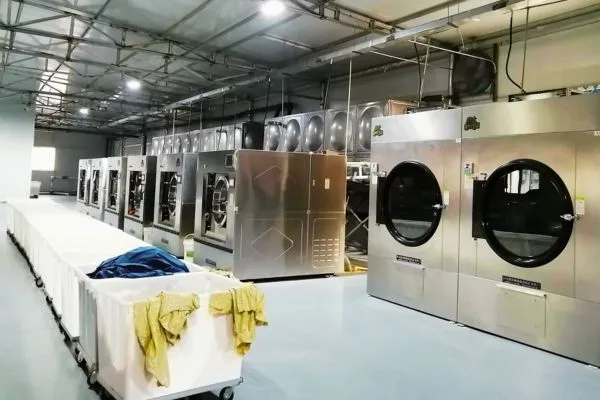
For instance, achieving a crease-free or wrinkle-free cotton fabric necessitates a wash-and-wear finish. Similarly, techniques such as mercerizing, singeing, flame retardancy, water repellency, waterproofing, antistatic treatments, and peach finishing stand are essential methods applied to textile fabrics.
The Objective of the Textile Finishing Process
The primary objective serves to enhance properties and maintain the features of fabrics. For instance:
- To improve the functional properties of fabrics.
- To improve the textile aesthetic.
- To improve fabrics’ durability and flexibility to meet water resistance and flame retardancy.
- To add specialized functionalities- Stain Resistance, Anti-Static Properties, and UV Protection.
- To make fabrics feel softer, smoother, and more breathable.
- To meet industrial regulatory standards regarding safety, the impact of the environment, and the performance indicator.
- To increase the market value with the quality and overall appeal of fabrics.
Types of Textile Finishing with machine and process
Textile finishing consists of the final approach to improve the appearance, the soft hand feel, the aesthetic, the functionality, and whatnot. If we talk about textile finishing types, the classification can be divided into two broad classes-
- Mechanical Finishing,
- Chemical Finishing.
i. Chemical Finishing of Textile
Let us start with the chemical finishing of textiles. Chemical Finishing type of textile finishing includes Softening, Stiffening, wrinkle-resistant finish, flame retardant finishing, soil repellent, oil repellent, anti-slip, static, pilling, and UV Protection, all these to hold the color fastness of any printed fabrics.
Chemical finishes need certain elements, such as:
- Compatibility with every kind and shape of fiber.
- Desired level of finishing effect durability.
- Preservation of the look, feel durability, comfort, and resistance to abrasion of the cloth.
- Preventing fading of completed white fabric.
- No color change for printed or painted fabrics.
- Both simplicity and safety in fabric application.
- Extended shelf life and stable storage.
- Compatibility with additional topping components.
- Simplicity of correction in the event of application failures.
- Sustainability and little harm to the environment.
Chemical Finishing of Textiles includes:
Bleaching:
Bleaching is a chemical process that lightens or whitens textiles by eliminating stains or their natural color. It’s one of the finishing techniques used to produce particular color effects or to get the cloth ready for other processes like dying or printing.

Antimicrobials:
To minimize odor, deterioration, or the risk of illnesses, anti-microbial chemicals are used to impart qualities on fabrics that inhibit the growth or proliferation of these bacteria. They are frequently used on textiles in various ways, including coatings, sprays, and fabric incorporation.
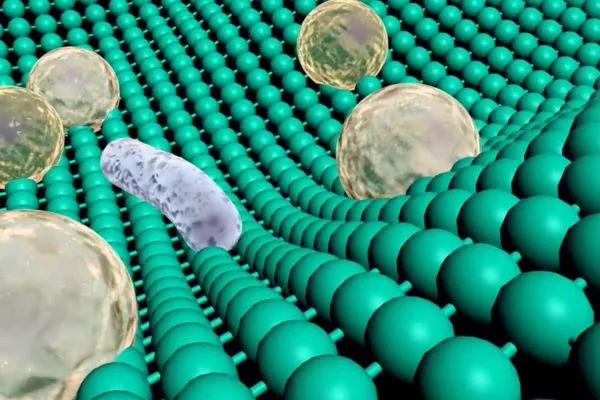
In the case of anti-mildew prevention, Chemical finishing, which incorporates materials or treatments that inhibit the growth of microorganisms such as mildew on fabrics, helps prevent mildew. These treatments frequently contain antiseptics or other substances that prevent mold from growing, shielding the fabric against microbial deterioration in warm, humid situations.
Flame Retardants Finishing
Using particular chemicals to treat textiles to lessen their flammability is known as flame retardant finishing. These substances provide a barrier that prevents or delays the spread of fire on the cloth. This technique is essential for improving safety in various applications where fabrics are utilized, such as upholstery, clothes, or furniture, by reducing the risk of igniting and slowing the spread of flames.
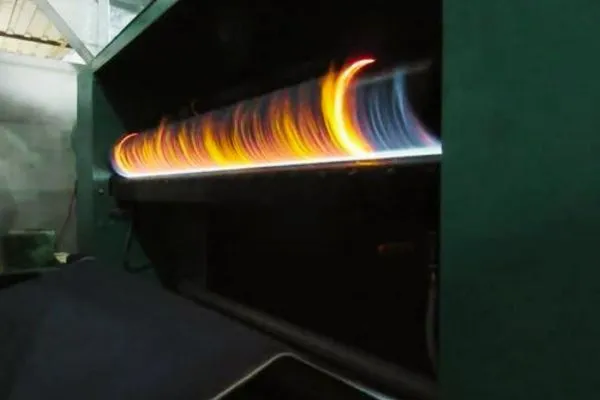
Elastomeric finishes
In chemical finishing, elastomeric finishes improve fabric elasticity and provide stretchability, which is essential for intimate clothing, sportswear, and activewear. These treatments give fabrics more comfort, flexibility, and performance qualities using chemical coatings or blends of elastane.
Softening
In chemical textile finishing, softening is the process of adding materials to fabric to make it feel better on the skin. By lubricating the fibers and lowering friction between them, these softening chemicals increase the fabric’s flexibility. They can be used at several points in the textile production process to provide the finished product the appropriate level of softness.

Wrinkle resistant finish
Wrinkle-resistant finish means the process of treating textiles to reduce creasing and wrinkles results. With the employment of particular chemicals or procedures, this finish improves the fabric’s capacity to bounce back from creases and folds. It lessens the need for ironing or pressing by enabling clothing to have a smoother appearance for longer. This finish helps create long-lasting, carefree apparel that is perfect for travel and daily use and outfits that need to appear friendly and tidy but don’t require continual attention.
ii. Mechanical Finishing of Textiles
Mechanical finishes modify the feel and appearance of fabrics by rubbing, heating, applying pressure, and tugging. These consist of procedures like smoothing, reducing shrinkage, producing a pliable surface, or chopping the fibers to impart a particular texture. These techniques are frequently applied to clothing to improve its feel or appearance.
Mechanical Finishing of Textiles includes:
Calendering
A smooth, glossy, or embossed surface is produced by passing cloth through rollers while it is heated and compressed. Calendering adds luster and texture to various materials, such as polyester or cotton.

Fabric Shearing
Fabric shearing is the process of cutting the surface fibers of a fabric to give it a consistent, smooth texture, less fuzziness, and a tidy look. The goal of “Shearing” is to remove fibers and loose threads from the fabric’s surface, hence increasing surface quality.

Singeing
Eliminating protruding fibers by burning them off results in a smoother surface, minimizing pilling, and enhancing fabric quality.
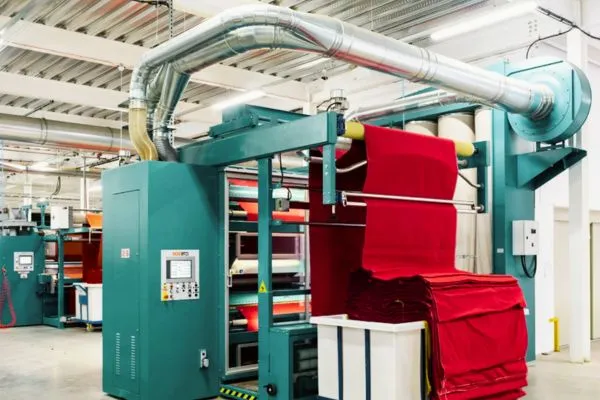
Decatising
Applying pressure and heat to stabilize fabrics can minimize shrinkage and enhance their post-production stability.
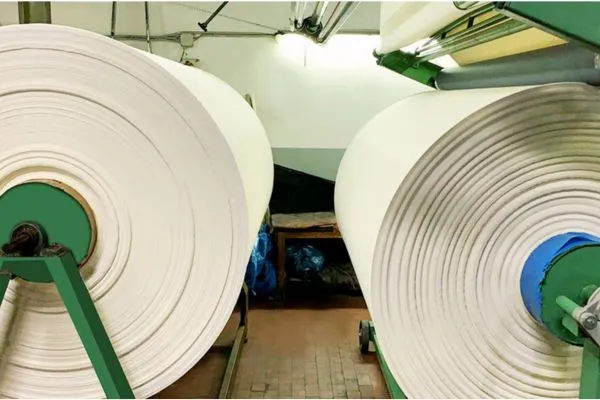
Fulling
The primary methods for improving fabric density, strength, and softness on fiber include moisture, heat, and friction treatment.
Sanforizing
To ensure uniformity and quality in cotton-based products, Sanforizing is an important stage in the textile manufacturing process. Besides, Sanforizing aims to enhance the dimensional fabric stability during washing.
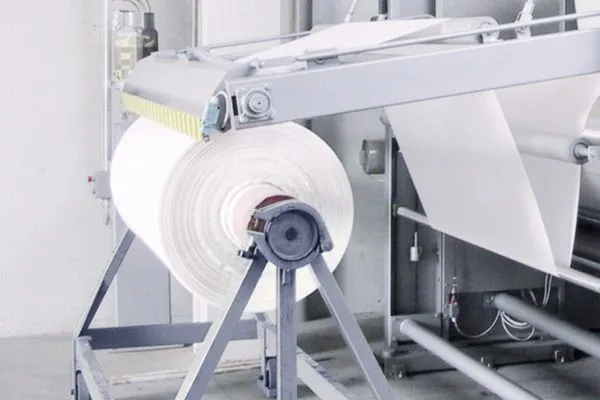
Embossing
Embossing is the process of creating patterns or textures on fabrics using heat and pressure, which is frequently used to add decorative components or enhance design.
Mercerization
Mercerization defines the process of treating cotton with caustic soda to improve its strength, luster, and dye absorption, resulting in improved fabric properties.
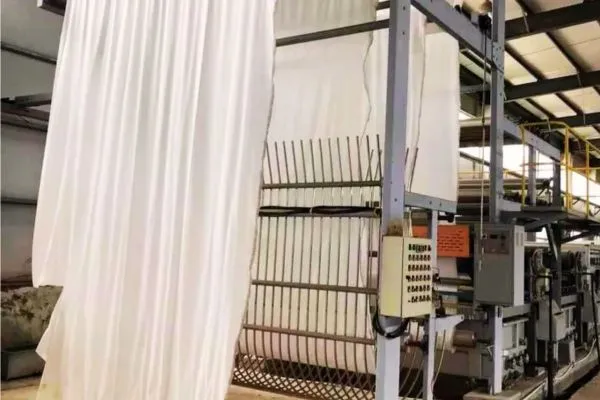
Beetling
Beetling refers to the process of flattening and lustering linen by pounding or rolling it to give it a smooth, polished appearance.
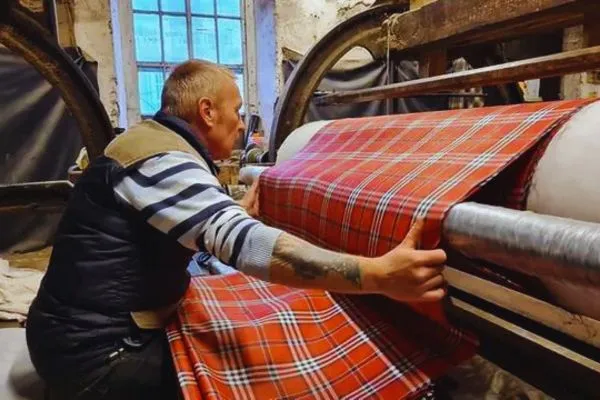
Drying:
Removing moisture from clothes using heat or air is a key final step in the textile finishing process.
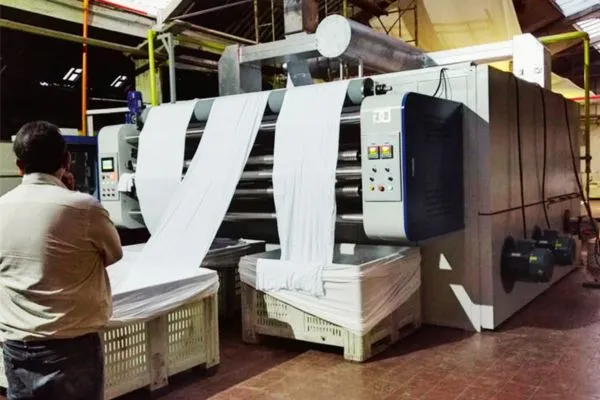
Glazing:
Making a shiny surface on fabrics through friction or pressure, improving appearance, and creating a sleek finish.
Napping:
Napping increases the surface fibers of fabrics to create a soft, fuzzy feel, as seen in flannel or fleece fabric. Blankets, flannel, unfinished worsted, various types of coatings, and some clothing goods are examples of napped materials. Napping is also known as Gigging, Genapping, Teaseled, and Raised.
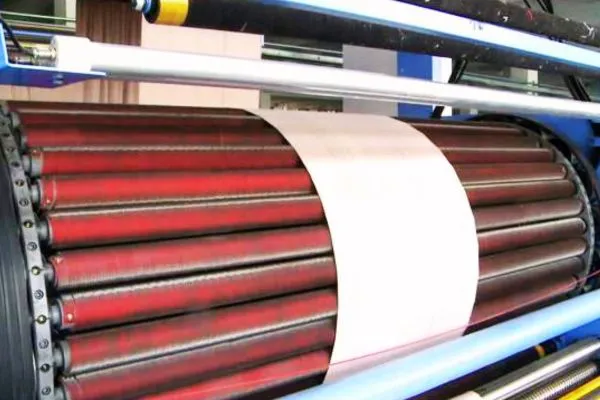
Scouring:
Washing clothing to remove impurities or natural oils, ensure cleanliness, and improve dye absorption.
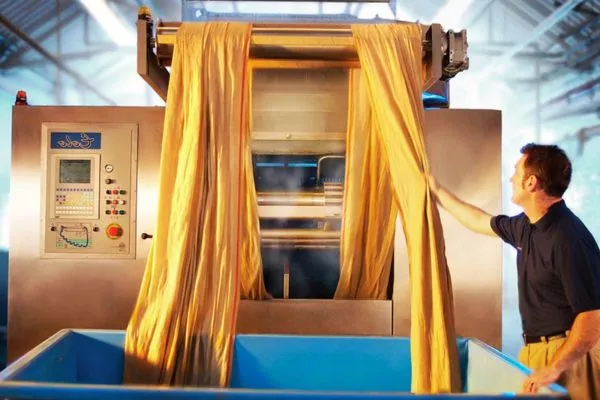
Brushing:
Raising surface fibers using brushes to increase fabric softness and provide a velvety, textured feel.
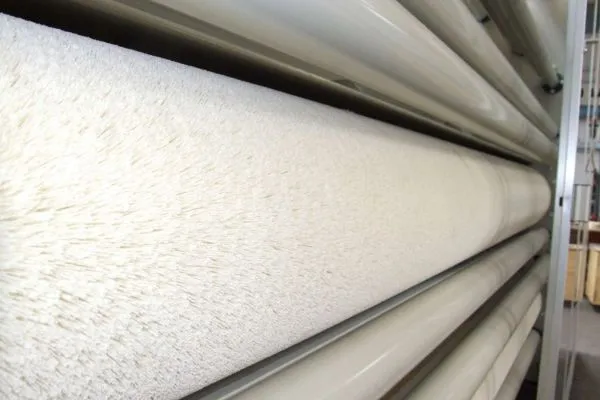
Compacting:
Heat and pressure reduce fabric shrinking while increasing density without sacrificing flexibility or comfort. A durable finish is put on man-made fibers and knitted fabrics by shrinking them with heat and pressure to generate a crêpey and thick texture.

Textile Finishing Systems
The textile finishing system includes all the mechanical and chemical processes to enhance the acceptability of the fabric. The finishing system also increases the appearance, features, and performance while impacting the textile properties, color fastness, and water-repellent ability. The textile finishing system involves some techniques. They are:
- Dyeing: Finishing adds color and patterns to textiles.
- Coating: It enhances waterproofing and flame resistance.
- Calendering: It uses heat and pressure to smooth fabrics.
- Mercerization: It improves the luster of the fabric.
To enhance Appearance:
- Napping and Shearing: Applied to wool and cotton to enhance the velvety or soft surface.
- Brushing: Bristle-covered rollers are used to remove loose threads.
- Singeing: Applicable to both yarns and fabrics to produce an even-like surface.
- Softening: It is applied to enhance the softness of the fabric.
Textile Finishing Machines
Textile finishing machines perform some tasks crucial to high-quality tactile production. To provide a professional-looking finish, textile finishing machines improve the fabric’s hand feel and make the fabric easier to iron. Also, by using the fabric machine, you will have a crease-free fabric production, saving your fabrics from UV Damage. Among other machine types, the Stenter Machine is the most expensive and quality for drying and finishing.
Textile Finishing Chemicals
Here is the list of textile finishing chemicals used in the textile industry:
- Softening
- Stiffening
- Wrinkle-Recovery
- Bio-Polishing
- Stain and Soil Resistance Finishing
- Flame-Retardant Finishing
- Anti-Microbial Finishing
- Anti-Static Finishing
- Optical Brightening
- Anti-Static
- Moisture Management Finishing
Importance of Textile Finishing Process
The potential of textile finishing to turn unfinished materials into valuable, appealing goods is what makes it so important. The importance of the textile finishing process are:
- Improved Performance, Durability, and Appearance:
The performance, durability, appearance, and usefulness of textiles are all improved by this technique.
- Properties Gain:
Fabrics can satisfy a wide range of consumer demands and industrial standards by gaining properties like color brightness, softness, water repellency, or flame resistance.
- Enhanced Aesthetic:
Furthermore, Textile finishing makes textiles more aesthetically pleasing, long-lasting, and comfortable, raising their market value and usefulness in various applications, from apparel to industrial usage.
Conclusion
Although both textile finishing techniques use technology, their effects are different. Chemical finishing modifies the content of cloth without affecting its look. It works by reacting with certain chemicals. It alters the physical characteristics. Through machine movements, mechanical finishing often modifies appearance without changing the fundamental makeup of the fabric.
